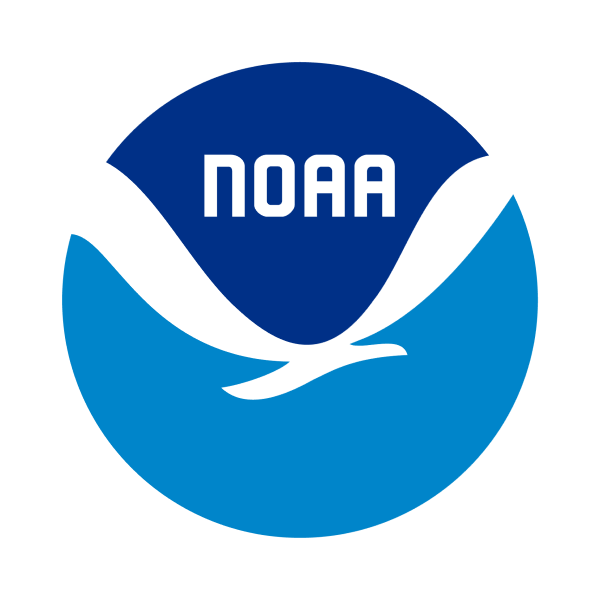Researchers from Arizona State University used a risk assessment framework to quantify microplastics in water, sediment, and invertebrates at three sites in American Samoa, as well as assess the types and concentrations of organic contaminants in the water, sediment, invertebrates, and microplastic samples.
Type of Project: Research
Region: Pacific Islands
Project Dates: August 2017 – July 2020
Who was involved?
Researchers from Arizona State University, with support from a NOAA Marine Debris Program Research grant, worked with partners from the American Samoa Environmental Protection Agency and Department of Marine and Wildlife Resources in American Samoa to collect and analyze microplastics and contaminants from water and sediment samples, as well as from invertebrates (bivalves and gastropods) and locally caught fish.
What was the project and why was it important?
In this field study, researchers collected samples of water, sediment, bivalves, gastropods, and market fishes to determine microplastic concentrations in these samples and to analyze them for organic contaminants (e.g., phthalates, polychlorinated biphenyls (PCBs)). These researchers also compared the concentrations of organic contaminants in the water, sediments, and seafood samples with the concentrations found attached to the microplastics. Using this information, they estimated the concentrations of organic contaminant pollution on locally-consumed seafood to characterize the potential ecological risk to marine ecosystems and health risks to human populations in American Samoa. Unfortunately, conducting a risk assessment to understand ecological and human health impacts from microplastic pollution is difficult, as there were no reference numbers or thresholds for microplastics at the time of this study.
This study aimed to fill a critical research gap in quantifying invertebrate and fish uptake of microplastics and organic contaminants. Results may inform ongoing environmental regulation, educational outreach, and marine conservation efforts in American Samoa. As bivalves and locally-caught fishes are an important source of protein for other populations around the world, this study also potentially provides a framework for scientific or regulatory agencies working in similar areas with limited data to conduct screening-level risk assessments using baseline studies at the local or regional scale. This project also included extensive participatory training, education, and capacity-building opportunities for local research partners and community college students in American Samoa. Community fishers from local fish markets were also engaged in the study to learn more about fishing practices in the area. Collaborations like this not only strengthen local career opportunities and skill sets, but also increase community awareness and action to reduce marine debris and other pollutants in near-shore coastal ecosystems.
What were the project results?
Preliminary results of sampled near-shore marine waters, sediments, invertebrates and locally-caught fishes indicate that microplastics are unevenly distributed in the marine environment around American Samoa, with the highest amounts found in marine bivalves and gastropods. These invertebrates also contained high amounts of other organic contaminants, including phthalates, pesticides and PCBs (human-made chemicals previously used for many industrial and commercial applications). However, based on estimated seafood consumption rates, the risk of adverse impacts to human health is likely to be low for organic contaminants. Future studies are recommended to better understand the environmental distribution of microplastics in near-shore marine environments, as well as the specific pathways and consequences of the physical and chemical impacts of microplastics on marine species populations and overall marine ecosystem health. This project supported internships for eight American Samoa Community College students.
For more information about this project, visit the Marine Debris Program Clearinghouse.
 An official website of the United States government.
An official website of the United States government. 
